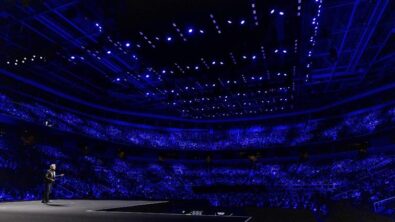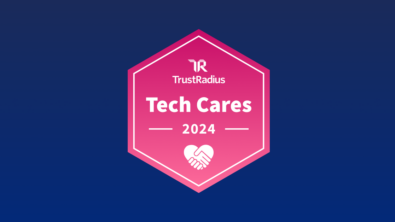SOA based unified PLM architecture
Delivering the benefits of PLM to the entire value chain requires harnessing knowledge within a PLM system, integrating data from other systems, and presenting the right information in the right context anywhere on any device. This requires a PLM system to be interoperable and open so customer can integrate with the rest of the enterprise.
So what is SOA? Wikipedia defines SOA as:
“…A system based on SOA will package functionality as a suite of interoperable services that can be used within multiple separate systems from several business domains.
SOA also generally provides a way for consumers of services, such as web-based applications, to be aware of available SOA-based services. For example, several disparate departments within a company may develop and deploy SOA services in different implementation languages; their respective clients will benefit from a well understood, well defined interface to access them….”
What are some examples of SOA in PLM?
- ERP connectivity – Engineering BOM transfer to ERP. By providing a well-defined SOA protocol for BOM exchange customers (or System Integrators) can develop the interoperability between their PLM system and ERP system.
- Decision analytics – This is the ability to bring data from different systems into the business intelligence application and present the information to the user for decision making. A good example here would be integrating Engineering Change Orders (ECO) with costing applications to help understand ECO’s impact on cost.
Another way to look at SOA is from PLM architecture point of view. Below is Teamcenter architecture framework which shows SOA layers – Client, Web Service and Application.

What makes one PLM SOA different from another PLM SOA? I asked this question of Dave Mitchell, VP & Chief Architecture, Teamcenter, Siemens PLM Software. He said “What differentiates one PLM SOA from another is the level of granularity, and standard of compliance. A PLM system can be SOA compliant but may not have the proper granularity to achieve the kind of intoperability that customers need. Our objective is to provide out-of –the-box services that expose business data at a functional level for each of the Teamcenter unified applications. We want to make it easier for other enterprise applications to integrate and leveragethe information.
This is what makes one PLM system more open than others. We at Siemens PLM Software have an “open” mantra that is ingrained in every aspect of what we do.” Proper granularity is the secret sauce. If your SOA is too “fine grained”, then the product is not usable over a WAN, because it becomes too chatty. If your SOA is too “coarse grained”, then it is difficult to support the customer’s proprietary business processes. Finding the right level of coarse grained SOA is the key enabler for a global deployment.
Our openness strategy is fundamentally based upon the premise that we do not own the data; that the customer does. The customer must be able to access their data in formats that make it easy to consume, easy to modify (if allowed), and for that, we provide the appropriate SOA services to access, import, and export the data necessary for their business process.”
For more detailed discussion on this subject you can read the CIMdata white paper on “the SOA based unified architecture”.


